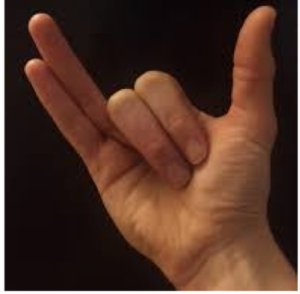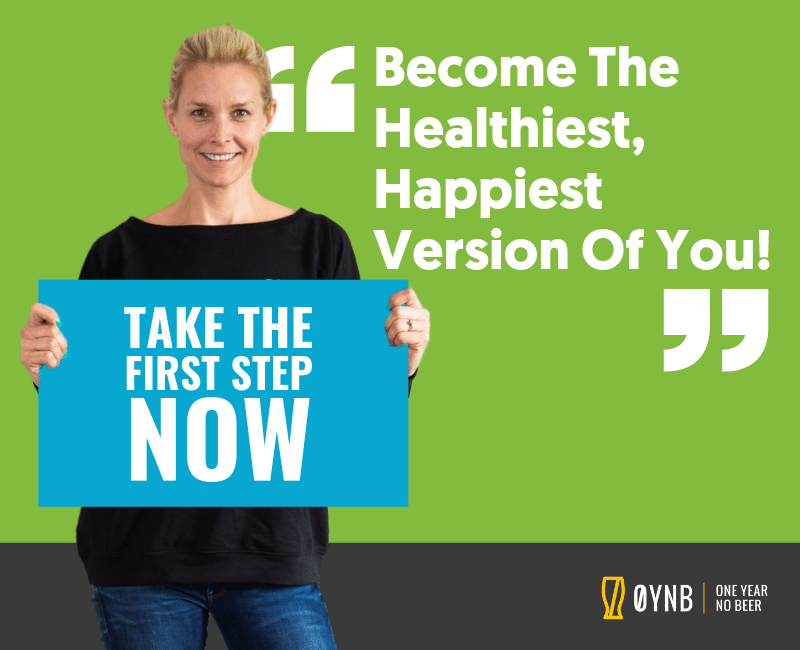Feeling stressed out or anxious? Relaxation is only minutes away.
Luckily one of the best relaxation techniques is completely free and you can start today. Breathing exercises! All you need is a pair of lungs, your breath, and 10 minutes of quiet.
Dr. Herbert Benson with Miriam Klipper first popularised the notion of the “relaxation response” as the flip side of the “fight or flight” response. They showed that controlling the breath can stimulate the parasympathetic nervous system, thereby signalling the body that it is okay to chill out.
The best breathing techniques to try:
- Square Breathing (or Box Breathing)
- Affirmation Breathing
- The Tension Release Technique
- Three-part breath
- Full Body Relaxation
- Alternate Nostril Breathing
Benefits of breathing exercises
Taking just a few moments each day to practice some deep breathing exercises can help diminish stress, relax your mind, body and can help you sleep better. When you breathe deeply, the body releases endorphins, which are the feel good hormones and a natural pain killer created by the body which can help improve your mood. Breathing deeply also allows oxygen to fill the blood rushing around your body, improving overall blood flow and increasing energy levels.
We all experience stress, so it is useful to have new tools for managing it. It’s time to make a new friend who has actually been with you all along – your breath!
Square Breathing Technique
Find a quiet place where you (hopefully) won’t be disturbed for about five minutes.
Take a comfortable seat where your spine is straight and upright. It can be the floor on a cushion, a chair, edge of the bed, etc. It doesn’t matter where you sit, just sit up straight
INHALE slowly through the nose to a count of four. (Count silently in your head.)
HOLD your breath for a count of four.
EXHALE slowing through the nose to a count of four.
HOLD your breath for a count of four.
REPEAT the pattern – INHALE 4, HOLD 4, EXHALE 4, HOLD 4 for about five minutes.
Notice how you feel.
Once you practice this method a few times, you can even use it out in the “real world” – like when you are stuck in traffic or in a crowded subway car.
Affirmation Breathing
This is one so simple you can really practice anywhere, anytime. You can sit in a quiet place for a few minutes and do this, but it’s really handy on the fly – in line at the grocery, in the car (eyes open!), at your in-law’s, before a big presentation, and so on.
As you slowly INHALE through your nose, say silently to yourself, “I am . . .”
PAUSE briefly (about a second).
As you EXHALE, silently say, “ . . . calm and relaxed.”
REPEAT the pattern – INHALE, “I am . . .” EXHALE, “ . . . calm and relaxed.”
Repeat until you actually feel calm and relaxed.
 The Tension Release Technique
The Tension Release Technique
Anyone ever have a hard day at the office and feel like reaching for a drink? How about when you’ve had a fight with your significant other? Any lingering tension after a negative interaction can leave you feeling like you need a shower, so here’s a technique for an “inner shower” to help release this negative tension and move on.
Sit on a cushion on the floor if that is comfortable. Allow your arms to hang by your sides and hands to lightly touch the floor. Allow your hands to hang by your sides and imagine they have a connection with the floor, like with a string, beam of light.
Close your eyes.
As you INHALE slowly through your nose, focus on the middle of your chest, the heart centre.
Briefly HOLD the breath in, and silently say to yourself, “I am releasing all negative tension.”
As you slowly EXHALE through the nose, visualise tension flowing out from your chest, past your shoulders, down your arms and fingers to the ground and away. (You can visualise the tension like black smoke, or green slime, or any way that’s meaningful to you.)
REPEAT this pattern for 5-10 rounds of breath or until you feel lighter and more relaxed.
After your last EXHALE of the exercise, SHAKE your hands and fingers a few times to release any residue.
Three-part Breath
I like to do this one lying on the floor, but you can also lie on a couch or a bed, whatever is comfortable. You can also try it sitting up in a chair or on a cushion if that feels better. This technique facilitates very deep and full breaths, which stimulates the stretch receptors in your chest and activate the relaxation response. Once you have learned this breathing method, you can do it a few times whenever you feel anxious or stressed – you don’t have to lie down or close your eyes. You can practice in a meeting or sitting in traffic, and no one will even notice, but you’ll feel better.
Lie on your back and place your right hand over your heart in the middle of your chest. Rest your left hand on your stomach, just above your navel. Close your eyes.
EXHALE through your nose.
As you slowly INHALE through your nose, focus on your belly and abdomen as it rises. Your left hand will start to lift with the inhale.
Continue to INHALE and notice your right hand lifting as your mid-chest rises.
Finally, as you keep INHALING, focus on the upper part of your lungs near the collarbones, and fill those with air.
PAUSE for just a moment, then reverse the process as you slowly EXHALE through the nose.
Release the air from your upper chest, mid-chest as your right hand lowers, and abdomen begins to fall toward your spine.
Repeat the process – INHALE – abdomen, mid-chest, upper chest rise – and EXHALE – upper chest, mid-chest, abdomen relax.
Set a timer so you can practice for about 5-15 minutes, or count your breath cycles. Repeat for 5-10 cycles.
Full Body Relaxation
You can practice this lying down or sitting up. If you are having trouble sleeping, you can use this technique to help focus your mind.
Lie on your back or sit up in a chair. Let your hands rest by your sides or in your lap if you are sitting
Breath in and out through your nose. Start with a slow deep breath in and slow exhale.
Starting at the top of your head, as you INHALE notice any tension in your scalp, temples, back of the head, etc. As you EXHALE, let that go.
On the next INHALE, move your attention to your face – forehead, eyes, cheeks, mouth, jaw – feel the tense areas there. EXHALE and release.
Move to your neck and throat when you INHALE. EXHALE the tension.
Continue in that fashion all the way down your body – INHALE and notice; EXHALE and release.
Shoulders: INHALE/EXHALE
Arms, wrists, hands, and fingers: INHALE/EXHALE
Upper chest, collarbones, and shoulder blades: INHALE/EXHALE
Stomach and mid-back: INHALE/EXHALE
Navel, lower abdomen, and lumbar spine: INHALE/EXHALE
Hips and buttocks: INHALE/EXHALE
Thighs, knees, and calves: INHALE/EXHALE
Ankles, feet, and toes: INHALE/EXHALE
Take a few more breaths in this state of relaxation.
When you are ready to get up, move your fingers and toes, wrists and ankles. Roll over to your right side in the fetal position. Take a moment here, then use your hands to help you sit up.
Take one more cleansing breath, in and out. Then go about your day.
Alternate Nostril Breathing
Ok, this one is a little more complex than the others, but once you get the hang of it, the technique can bring balance to the emotions. This is especially useful when you are hit by cravings for alcohol. Yogic wisdom says this type of breathing balances the left and right sides of the brain and calms the nervous system. Science backs that up with research showing that certain breath manipulation contributes to a slower heart rate, lower blood pressure, and increased theta wave activity on EEG.
First, clear your nasal passages by blowing your nose.
Sit upright on a cushion or in a chair.
Using the right hand, create the Mrigi Mudra – bring your index and middle fingers down to touch your palm, and keep the thumb, ring, and pinky fingers extended.
Gently depress your right nostril with your right thumb. Slowly INHALE through your LEFT nostril. Before you exhale, release the thumb from the right and close off the left nostril with your ring finger. EXHALE through the RIGHT nostril.
Then INHALE through the RIGHT nostril. Before you exhale, release the left and close the right. EXHALE through the LEFT nostril.
INHALE LEFT, EXHALE RIGHT – INHALE RIGHT, EXHALE LEFT.
Repeat the pattern for about 3 rounds on each side, ending with an EXHALE on the LEFT nostril.
Maintain and gentle and steady inhale and exhale without using force in either direction. Try to keep your inhales and exhales the same length.
Now you have several breathing techniques you can utilise in times of stress to relax the mind. I encourage you to try these and discover what works best for you. There are many breathing methods that are beneficial, so explore what’s out there. Books abound, from the spiritual to the scientific, they run the spectrum. Find something for yourself that brings you peace of mind and lets you bypass that urge to drink. You don’t need alcohol to calm you, you’ve already got what you need within you!

An entrepreneur and former senior oil broker, Ruari gave up drinking after excessive consumption almost cost him his marriage, and worse, his life. Going alcohol-free improved his relationships, career and energy levels, leading to him founding OYNB to provide a support network for others.


 The Tension Release Technique
The Tension Release Technique




